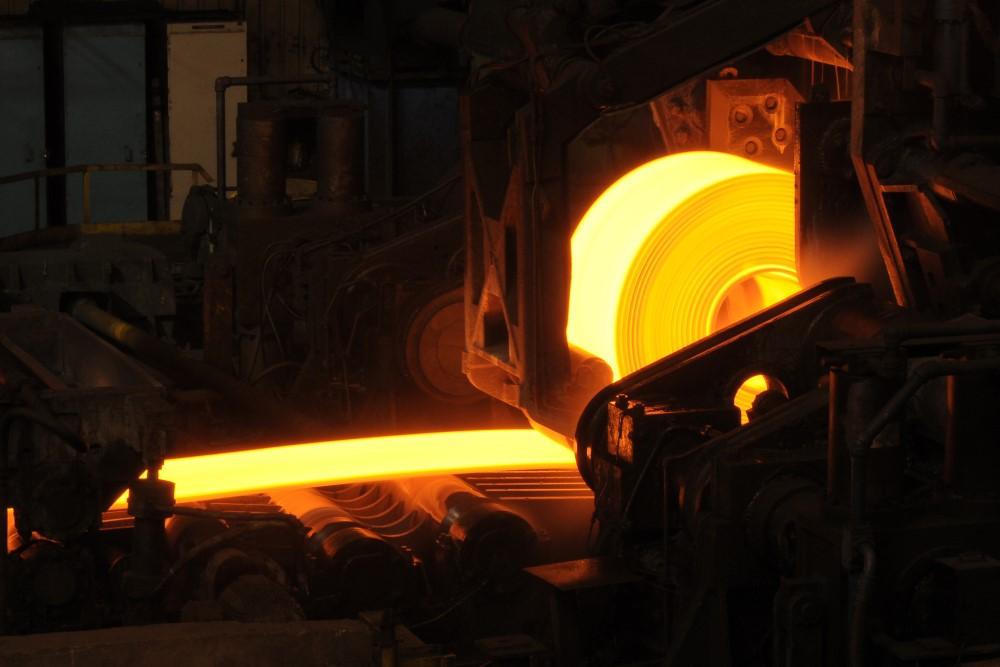Stove prices are going up quickly due to the dramatic rise in manufacturing costs. Steel has gone up a lot this summer. I have been trying to figure out why and what it would take to bring them back down. I came across this article explaining the problems. Does it ring true or are there flaws in his argument?

 www.thefabricator.com
www.thefabricator.com

Steel prices: How we got here and what could happen
Scott Buehrer, president of B. WalterandCo., makes his case to eliminate the Section 232 tariffs on imported steel and aluminum.


![[Hearth.com] Why are steel prices so high? [Hearth.com] Why are steel prices so high?](https://www.hearth.com/talk/data/attachments/281/281416-4f339d3f294596229d5860285435792c.jpg?hash=Ili56Bxj29)
